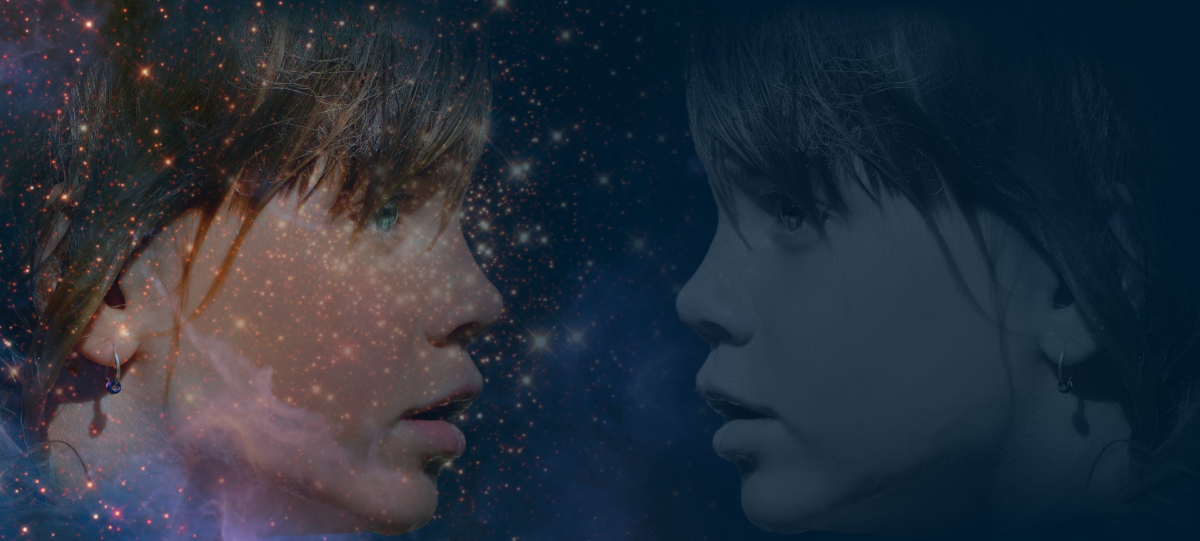Moon-glow moth
When the argent glow of the rising moon sends beams through the forest canopy in spring and summer, you will see the Moon-glow moth illuminated and iridescent, flecks of solid light in the nighttime sky.
Vital for both their pollination duties and also for their role as food for other creatures these moths are rarely seen by those unwilling to take the effort to be outside on a moonlit night in the forest. Those willing to forego sleep receive a beautiful reward, lying on the forest floor, or sitting on a log gazing upward as the moon rises.
First one flash of white from one direction, then another seen from the corner of an eye, then two more, a dozen, and finally hundreds of white wings swirling upwards, dancing together, dipping and rising, seeming to celebrate the intense, but pale light of the guardian of the night. Perhaps it is a mating dance, but the moths do not seem to pair up in this flight.
Every night when the sky is clear and moon is full or nearly so and the weather is mild, observers can see this dance. It seems that the moths celebrate, why or what is the subject of much debate. It has only been observed when the moon is fullest, and only when the skies are clear. Soon the dance ends, and the moths scatter, seeking out the fragrant night blooms that provide the much needed nectar of their lives.
Each moth may visit a hundred or more flowers in an evening, taking a sip from each and gathering the pollen liberally provided by the flowers. Acquiring and depositing pollen from flower to flower, every month in the late spring and summer, they ensure that these plants will have a next generation.
Basic Information
Genetics and Reproduction
Bisexual, female lays many eggs, usually high in a tree, under protective bark. The young hatch into small caterpillars who then descend the tree to eat any greenery they can find.
Growth Rate & Stages
Egg, caterpillar, cocoon, moth.
Dietary Needs and Habits
Any green plants during the caterpillar stage. Nectar and liquid from broken or rotting fruit as an adult moth.
Biological Cycle
Eggs are laid in the late autumn and overwinter in that state. Mid-spring sees the eggs hatch into small caterpillars who eat and grow until late spring when they metamophose into the adult Moon-glow Moth.
Additional Information
Geographic Origin and Distribution
Perception and Sensory Capabilities
Sensitive antennae pick up vibrations in the air. Large eyes can detect movement nearby.
Lifespan
1 year if egg time is included
Geographic Distribution



Comments